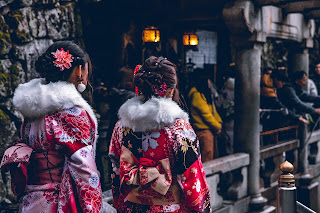Animals in Japan: Hachiko the Dog

Hachiko the dog In the 1920’s there was an undying love created between a professor and his dog. This loyal dog everyday would scuttle across Tokyo to the train station and wait for his owner to finish lecturing at the Tokyo Imperial University. Hachiko the dog was a beautiful and friendly Japanese Akita with a loyalty that is renowned in Japan. And this is why: sadly, one day the owner Hidesaburo Ueno suddenly died whilst lecturing his class at the university a phenomenal thing happened next. Every day for the next 9 years 9 months and fifteen days the loyal dog would wander down to the station and wait for his owner. It is a beautiful testament to the bond between the humans and dogs. And is respected among the Japanese as a beautiful testament to loyalty. There is a statue outside Shibuya station and Hachiko’s hometown. Both are frequented by the Japanese and tourists alike. If this story touched your heart, why not watch the movie: Hachi: A Dog’s Tale. And if any of y...





